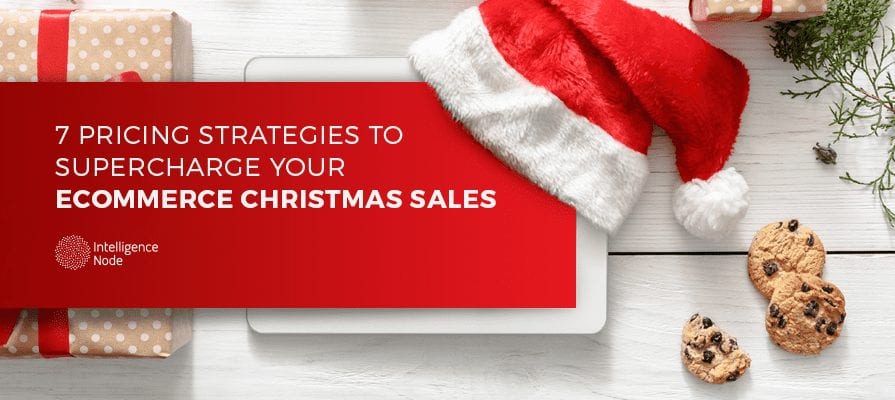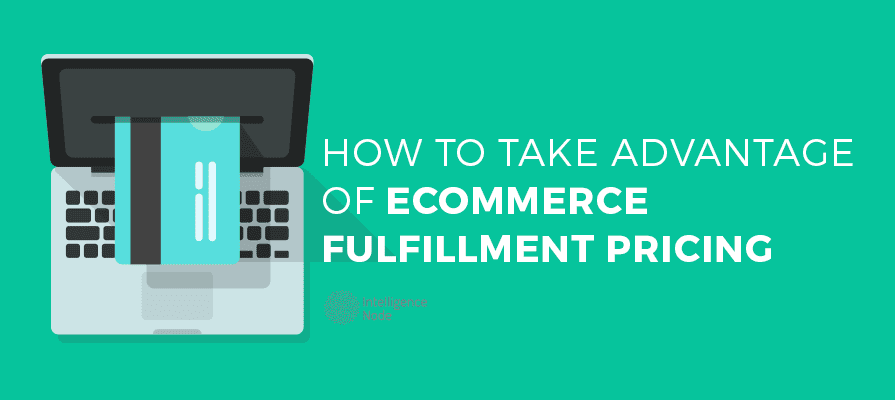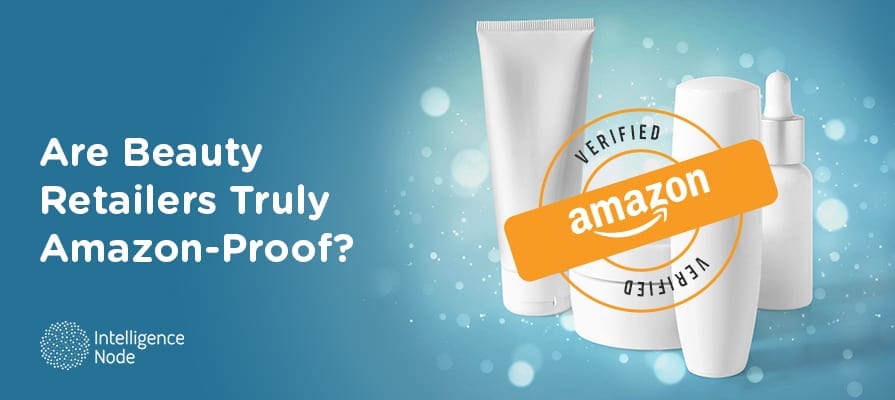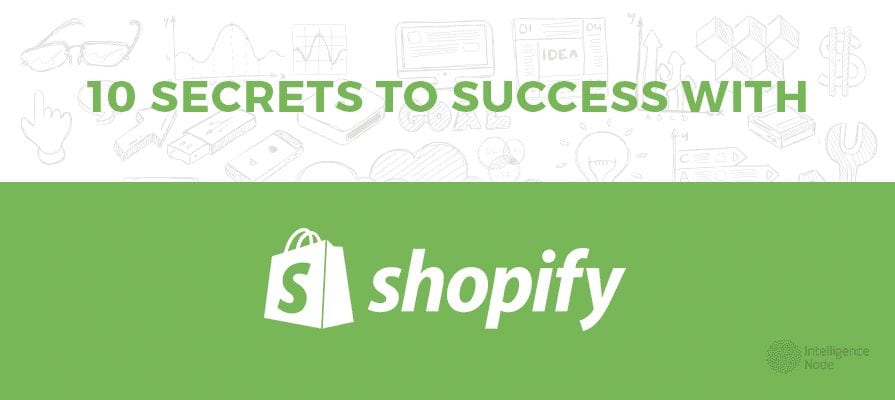Price matters. As of 2022, the price has become a make-or-break factor for almost 50% of American shoppers. With the holiday season fast approaching, these price-sensitive consumers are looking to spend strategically, hunting out the best promotions and discounts for their holiday hauls. That’s why more and more consumers have begun turning to eCommerce platforms for holiday gifts, making the most of easily accessible and comparable deals and pricing information.
As top brands slashed prices to all-time lows in 2021, reports show that amid waves of shopping frenzies, deal hunters spent 1.4% less than Cyber Monday 2020: and total sales actually rose 3% to $12.3 billion. In fact, last year Amazon reported a ‘record-breaking’ day of sales as total overall online sales rose by 3%. Online shopping is low effort, giving consumers more time to plan their purchases — and more opportunities to spend more money.
The right eCommerce pricing strategies can supercharge your sales, making this holiday season your best yet.
1. Promote Your Pricing
The typical American household may love the holiday season: but holiday spending can be stressful. By promoting your products and seasonal prices early on, your brand could take the edge off the infamous ‘holiday blues’ by building excitement around your pricing and your products. Promote sales on social media, engage with online audiences, utilize influencer relationships, and use this opportunity to create seasonal messaging on your website. Customers can’t purchase items they don’t know about, and they certainly can’t participate in sales that aren’t well-advertised.
The earlier the better when it comes to promotions. In 2021, Amazon started promoting their holiday deals in early October: well before the Halloween rush, Black Friday mania, and pre-gifting seasons. Shoppers, in turn, arrived in throes. According to Taylor Schreiner, director of Adobe Digital Insights, consumers took to early sales right away. The week leading up to Cyber Monday saw spending grow 4% from the previous year, creating supply shortages for the rest of Cyber week. This buying trend led to the holiday shopping sprees kicking off much earlier than anticipated- a trend that we expect to see in 2022 as well.
2. Try Bundling
Bundling is one way to get consumers to pay more for something. Bundling pairs related items together, increasing your average order value, and giving your customers the perception of a good deal by clubbing multiple items under one price tag. Bundling can encourage consumers to spend a little extra on an item by pairing easy buys and shopping cart staples with a more experimental or less familiar product they otherwise would not have purchased.
Some tried and tested strategies include packaging a less popular item with a much more popular item, creating ‘BOGO’ deals, and marketing compatible items together under a “pay less get more” promotion. Consider increasing interest in your bundles by labeling them as limited editions or using special packaging to push bundles as options for readymade gifts.
3. Choose the Right Sales
Sales are the perfect way to market your products and encourage more spending — particularly when sales coincide with big shopping days such as Cyber Monday and Black Friday- even “after holiday” sales, to push inventory and leftover seasonal items for the shoppers who choose to do their own shopping after their vacations.
Sales that encourage customers to make a future purchase by offering a gift card or value-added services at the point of transaction can be the cherry on top for a price-conscious shopper to complete a purchase. Be warned, however- too many sales can cause customers to lose interest, and may even cause them to view you as a discount retailer. Sales for the sake of sales can even dip into margins, so take a look at your PRICE WATERFALL when setting up promotional prices.
4. Offer a More Expensive Alternative
Consumers love to get a deal. One way to get them to spend money without discounting your prices is to use decoy pricing. Decoy pricing is the use of a more expensive alternative — and sometimes a cheaper one, too. When customers see the mid-priced item, they think they’re getting a good balance of quality and price, encouraging them to make a purchase. Just make sure the mid-priced item is almost as appealing as the higher-priced item, and significantly more appealing than the lower-priced one.
5. Tell a Value-based Story
Though the price is a significant consideration in every purchasing decision, consumers don’t reflexively buy the cheapest item. They’re looking for a good balance of price and quality. If you want consumers to upgrade to a pricier item, tell a story about value, many luxury brands rely on this strategy to uphold their place in the market and retain their high-end image for consumers.
Highlight the lasting quality of your item, but don’t just use sales copy. Consider that consumers buy items based on how they think those items will fit into their lives. By presenting an item as a potential heirloom, an investment in long-term value, or a product that will lead to adventure, uniqueness, or more fun, you give consumers a reason to spend more. Value can also mean more than price or quality: sustainability, conscious sourcing, ethical production, and ambassadorships (or influencer partnerships) can also contribute greatly to perceived value- and make your products stand out against competitors.
6. Research Your Competition
Everyone has competition. You need to know yours as well as you know your own products. By creating a contrast with your competition, you can encourage even your competition’s loyal customers to choose your product instead.
Some options include:
- Pricing your items higher to create the illusion of more value. You can get away with even higher pricing if you offer a guarantee, an improvement in customer service over your competition, or some other tangible benefit.
- Discounting your prices. If your items are similar to your competitors’ offerings but you offer a lower price, you need only notify consumers of the price difference to entice them to come to your business.
- Social Commerce: Selling directly from social media or through influencers can help bring your business closer to target audiences. Create bundles or deals that tap into your target market’s needs and popular trends.
7. Utilize Anchor Pricing
Research shows that people view a piece of information offered first as highly reliable. How can you use this to your advantage? Practice anchor pricing. If an item is on sale, display the original price first, followed by the sale price. Some businesses even opt to place their most expensive items right alongside their lowest-priced or mid-tier items. Alternatively, consider listing the item’s “value” or “retail price” first, followed by the price you offer. In so doing, you instruct customers that you’re offering a significant deviation from what they might expect to pay elsewhere.
Tis’ the Season
Pricing your merchandise right may be the only thing standing between you and skyrocketing success. With Intelligence Node’s state-of-the-art technology that tracks pricing trends and market shifts in real-time, with actionable insights, your business can monitor your competition and boost profitability without skipping a beat this holiday season.





